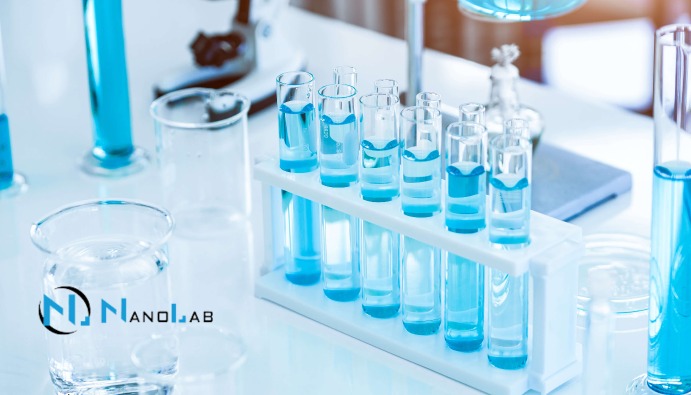
BLOG
KATEGORİDEKİ DİĞER YAZILAR

Water salinity varies in various water bodies, such as natural water sources, groundwater, rivers, lakes and seas. Seawater, in particular, has high salinity levels, while freshwater sources generally have lower salinity levels. However, human activities, agricultural irrigation and industrial wastes can affect salinity levels.
Salinity in water refers to the concentration of dissolved salts (mainly sodium chloride and other ionic compounds) present in water. Salinity is often measured as electrical conductivity (EC) because dissolved salts increase the electrical conductivity of water.
One of the important quality test parameters performed in water is “Salinity Determination”. Salinity in water is expressed in grams/kilogram. When all carbonates are converted to oxides, all bromides and iodides are replaced by chlorides, and all organic matter is oxidized, the total amount of solids in the water is expressed as “Salinity”.
The terms chloronite and chlorosite are used in relation to salinity determination.
3 different test methods are used for salinity determination:
Nanolab Laboratories Group continues to provide services within the scope of Salinity Determination in Water. We also provide services in Water Color Determination.
Contact us for more information.
You can follow us on LinkedIn for up-to-date news and posts about our services.
Follow our Instagram account to be informed about our latest blog posts.